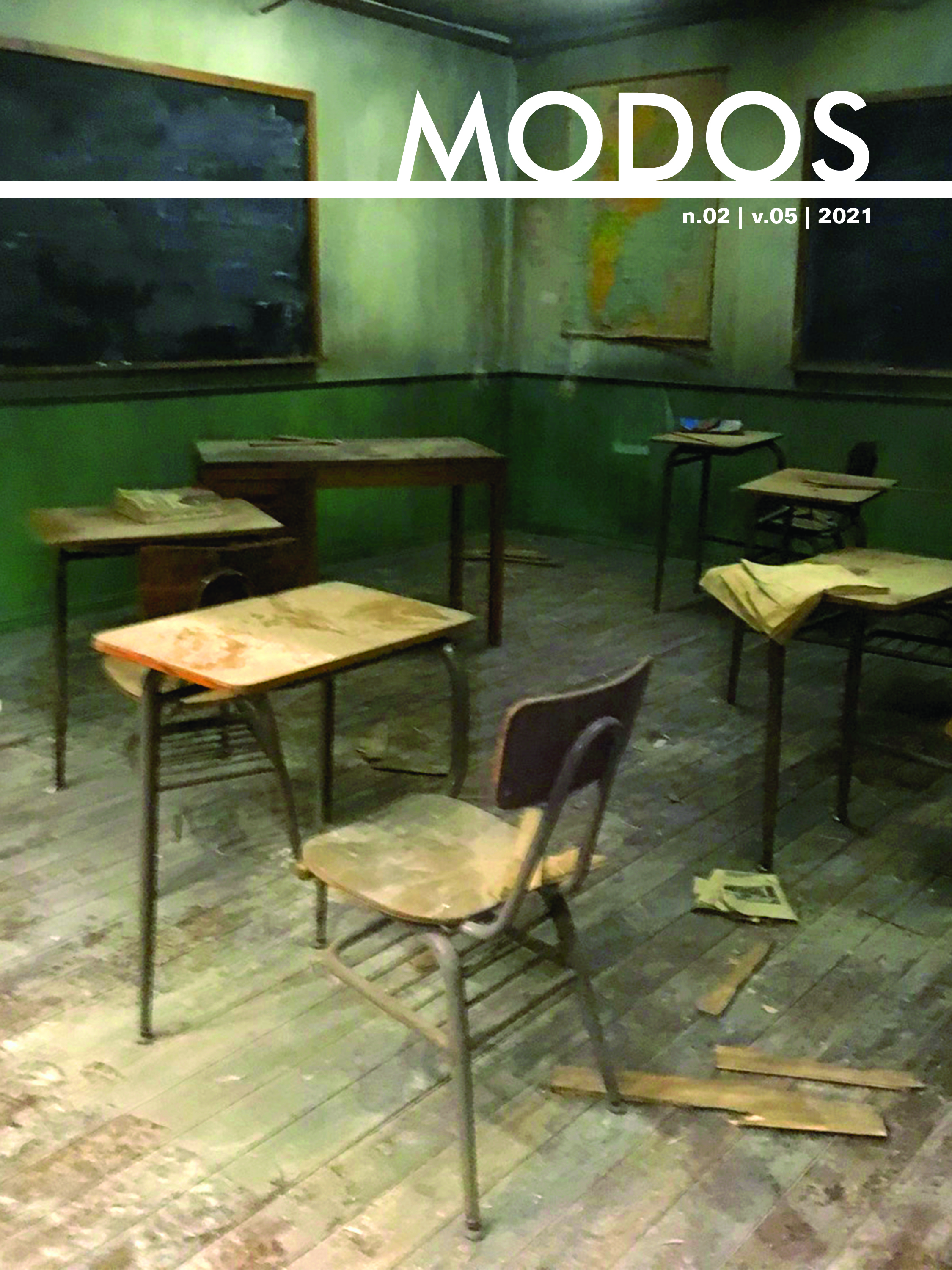Resumo
“Perto do final da primeira década do século XXI”, como propõem Anthony Gardner e Charles Green, “as bienais tornaram-se autoconscientes”. Cada vez mais pensam a si mesmas como “máquinas hegemônicas” (Oliver Marchart), e por isso mesmo também se entendem como lugares de intervenção. Temos que aceitar que as bienais hoje são: "Marcas e Sítios de Resistência", "Espaços de Capital e Esperança" (Panos Kompatsiaris). O artigo segue cancelamentos e protestos, bem como intervenções e estratégias de apropriação de bienais na segunda década do século XXI. Protestos em São Petersburgo, Sydney e Nova York moldam as bienais que eles boicotam. Em Kochi, Atenas, Dhaka e Kassel, encontramos projetos curatoriais que desafiam o aparato da codificação de valores. A relação entre emergente e descendente frequentemente torna-se confusa. Em Praga, Varsóvia, Kiev e Budapeste ela é até invertida. Aqui, as bienais são usadas como meio de contra-hegemonia e sobrevivência institucional.
Referências
ADAJANIA. N. Globalism before globalization. The ambivalent fate of Triennale India. in: JHAVERI, S. (Ed.). Western Artists and India: Creative Inspirations in Art and Design. Bombay: Antique Collectors Club Dist, 2013.
ARENDT, H. Power and the Space of Appearance. In: _____. The Human Condition. Chicago: University of Chicago Press, 2018, 199-206.
ENWEZON, O. Mega-exhibitions: The Antinomies of a Transnational Global Form. In: HUYSSEN, A. (ed.). Other Cities, Other Wolds: Urban Imaginaries in a Globalizing Age. Durham, NC, 2008.
FILIPOVIC, E.; VAN HAL, M.; OVSTEBO, S. (Eds.) The Biennial Reader; Ostfildern, 2010.
GARDNER, A.; GREEN, C. Biennials of the South on the Edges of the Global. Third Text 27, n. 4, 2013, 442–455.
GARDNER, A.; GREEN, C. South as Method. Biennials Past and Present. In: Galit Eilat et al., (Eds.), Making Biennials in Contemporary Times. Essays from the World Biennial Forum n. 2, São Paulo 2014.
JONES, C.A. The Global Work of Art. World’s Fairs, Biennials, and the Aesthetic of Experience, Chicago/London, 2016.
KOLB, R.; PATEL, S.A. Global Biennale Survey. in OnCurating, 39, 2018.
KOMPATSIARIS, P. Curating Resistances: Ambivalences and Potentials of Contemporary Art Biennials, Communication. Culture & Critique 7, 2014.
MARCHART, O. The Curatorial Function. In: DRABBLE, B., RICHTER, D. (Eds.), Curating Critique, Frankfurt, 2007, 164ff.
MARCHART, O. Hegemonie im Kunstfeld. Die documenta-Ausstellungen dX, D11, d12 und die Politik der Biennalisierung. Cologne : Walther, 2008.
MARCHART, O. The Globalization of Art and the ‘Biennials of Resistance’. A History of the Biennials from the Periphery. Cumma Papers 7, 2014, https://cummastudies.files.wordpress.com/2013/08/cumma-papers-7.pdf. Accessed January 24, 2021.
SOMOGYI, H. Can We Work like This? OFF-Biennale Budapest. In: O’NEILL, P.; SHEIKL, S.; STEEDS, L.; WILSON, M. (Eds.). Curating After the Global: Roadmaps for the Present Cambridge, MA, 2019, 427-440.
WARSZA, J. (Ed.). I Can’t Work Like This. A Reader on Recent Boycotts and Contemporary Art, Salzburg, 2017.

Este trabalho está licenciado sob uma licença Creative Commons Attribution-NonCommercial-ShareAlike 4.0 International License.
Copyright (c) 2021 Nora Sternfeld

